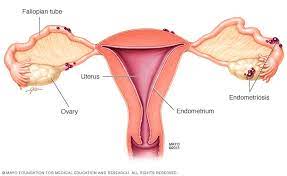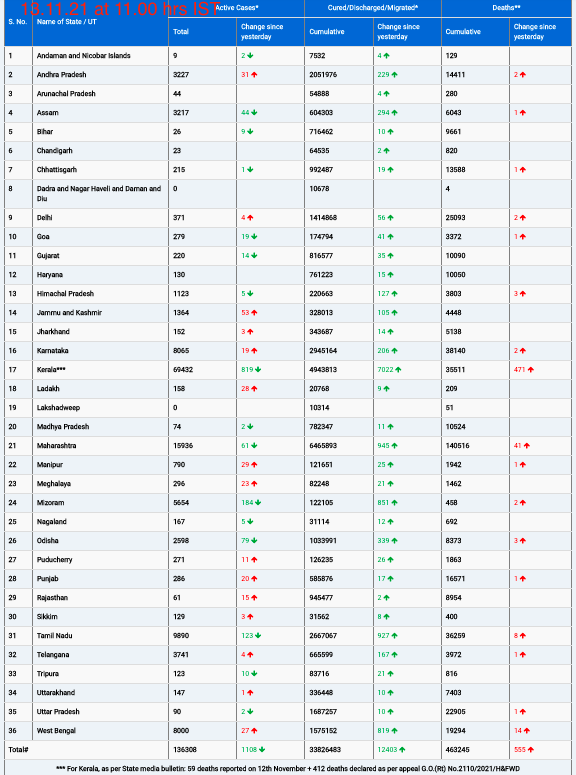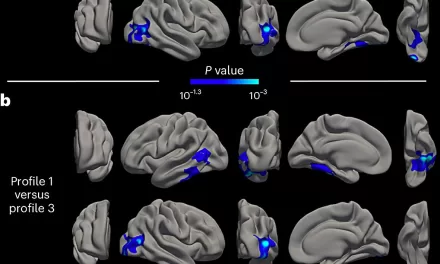
Endometriosis, a chronic condition primarily affecting women and often associated with pain, has been the subject of new research suggesting potential improvements in diagnosis and treatment pathways. The study reveals that women with undiagnosed endometriosis tend to have more frequent interactions with healthcare providers.
Compared to the general population, women dealing with endometriosis demonstrate increased engagement with their general practitioners, private gynecologists, and hospital services. The research involved an analysis of healthcare utilization among 129,696 Danish women, with a specific focus on the experiences of 21,616 women who received an endometriosis diagnosis between the years 2000 and 2017.
“We’ve observed that women affected by endometriosis start utilizing the healthcare system more even a decade prior to receiving their diagnosis, and this interaction intensifies in the years leading up to their official diagnosis,” says Anna Melgaard, a PhD student from the Department of Public Health at Aarhus University. She is the primary author of the study, recently published in the scientific journal Human Reproduction.
Melgaard notes that this study holds particular significance for women grappling with endometriosis, as prior research has highlighted their recurring interactions with healthcare providers and their perception of being shunted around within the healthcare system. This study validates those perceptions.
For healthcare professionals, especially those engaging with women of childbearing age navigating the healthcare sector, this study provides valuable insights. Melgaard points out, “This study can ideally contribute to the understanding that women need to be referred for further diagnosis at an earlier stage.”
The study addresses a crucial concern – the substantial delays in diagnosing endometriosis. The period from the onset of symptoms to an official diagnosis can span up to a decade. Several factors contribute to this lengthy delay, Melgaard explains, “Women might struggle to differentiate between normal and abnormal symptoms, leading them to delay seeking medical attention. Additionally, medical practitioners might lack comprehensive knowledge about endometriosis, potentially downplaying symptoms, resulting in incomplete examinations, inadequate referrals, and misdirected specialist consultations.”
The researchers aspire for this study to bring to light the substantial ramifications of delayed diagnosis of endometriosis, not just for the affected women, but also for the healthcare sector as a whole, which could potentially allocate its resources more efficiently.

“We can use this study to emphasize that the delayed diagnosis of endometriosis isn’t a result of women not seeking medical attention,” emphasizes Anna Melgaard.
The researchers are presently continuing their investigation at the Department of Public Health. Their objective is to aid healthcare professionals in identifying women displaying symptoms similar to endometriosis, with the intention of reducing the time span between symptom onset and diagnosis.
Melgaard elaborates, “We are currently examining the specific reasons why women engage with the healthcare system. The aim is to pinpoint contact patterns specific to patients with undiagnosed endometriosis. This approach could expedite diagnosis and treatment for women, potentially preventing them from enduring years of uncertainty within the healthcare system.”
What is endometriosis?
- Endometriosis is a chronic inflammatory condition characterized by tissue similar to the uterine lining found outside the uterus, often on structures like the fallopian tubes, ovaries, peritoneum, intestines, or bladder.
- Severe menstrual pain stands as the primary symptom. Over time, individuals with endometriosis might develop chronic, incapacitating pain, even outside of menstruation.
- Additional symptoms include pain during sexual intercourse, reduced fertility, gastrointestinal issues, and rectal bleeding.
- The exact cause of endometriosis is unknown, although there’s evidence of a hereditary component.
- Treatment options encompass hormone therapy, pain medication, and, in certain cases, surgical intervention.
- It is estimated that 5-10% of women in their childbearing years experience endometriosis, but many remain asymptomatic.











